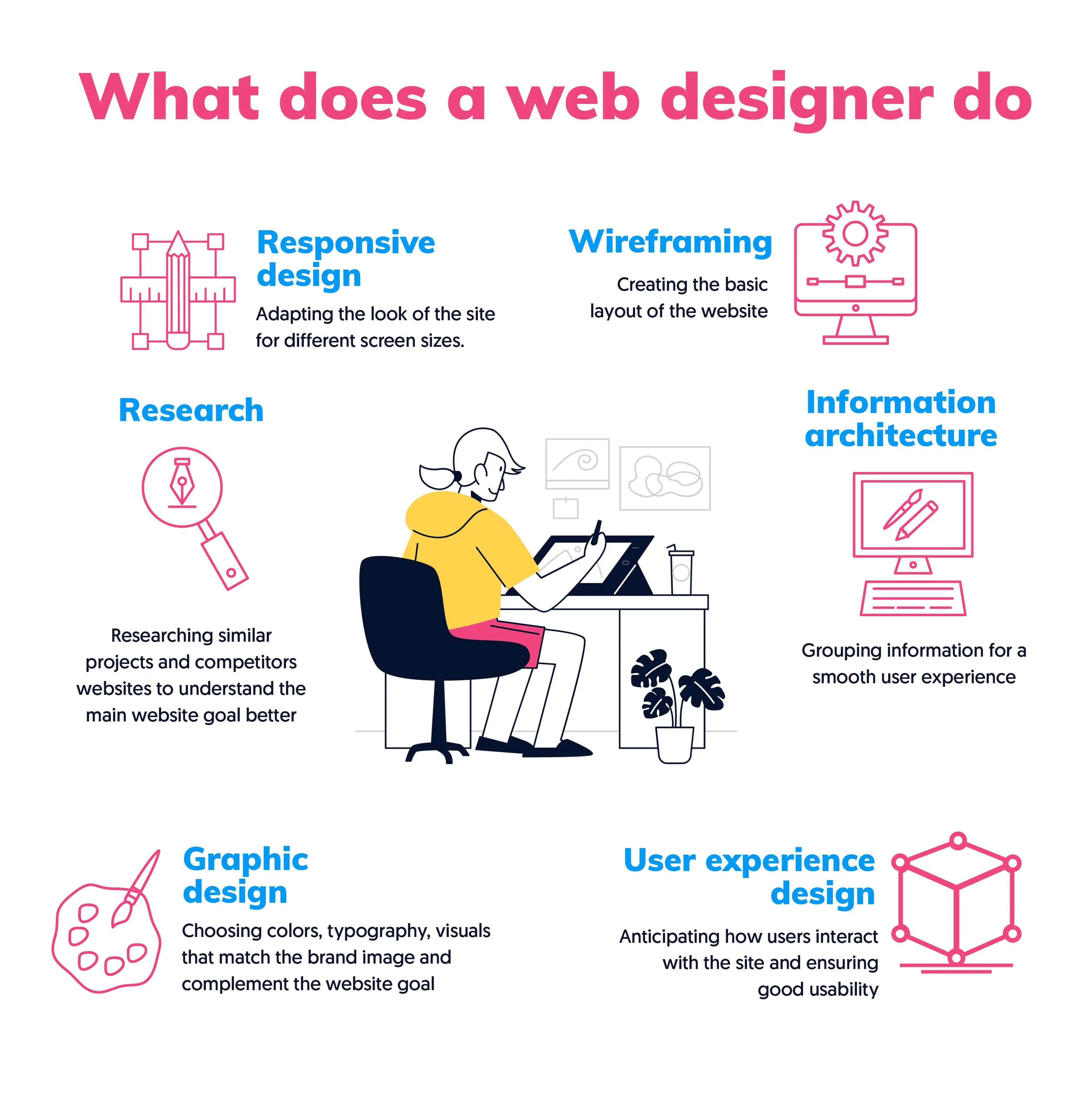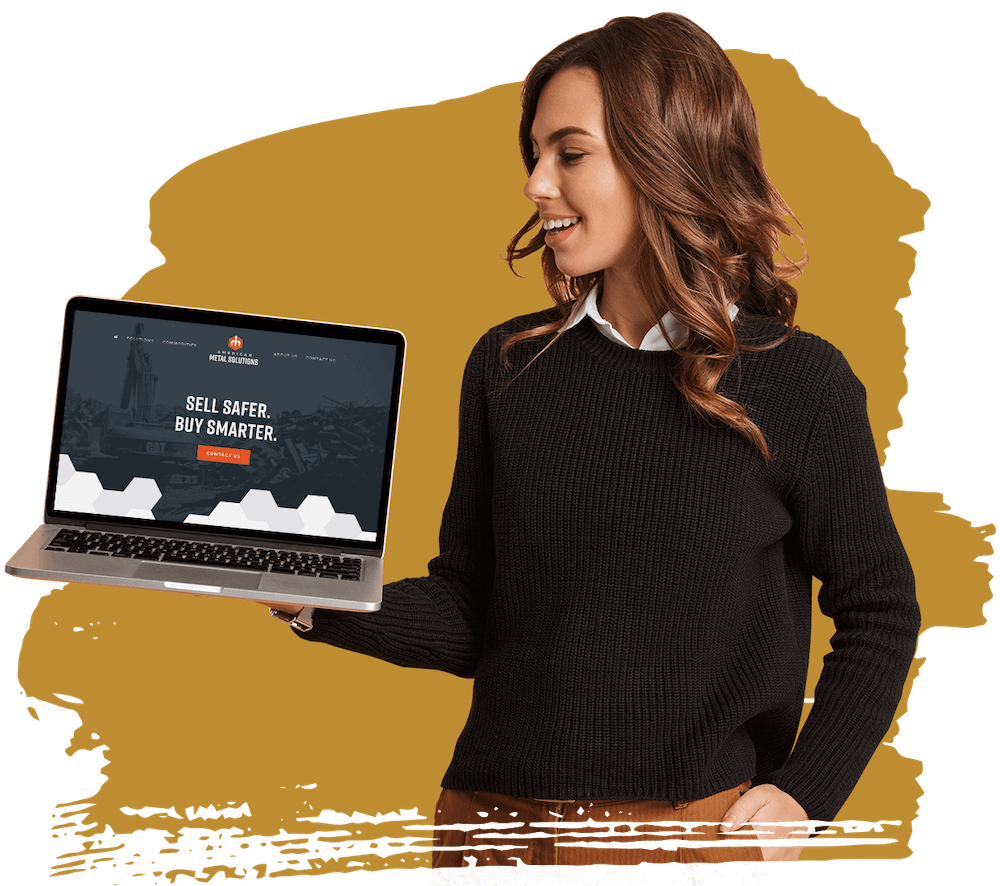Aligned Position Web Design: Expert Web Design Strategies for Achieving Business Goals Online
Aligned Position Web Design: Expert Web Design Strategies for Achieving Business Goals Online
Blog Article
The Most Effective Kinds Of Website Design to Improve Individual Experience and Engagement
In the ever-evolving landscape of electronic interaction, the performance of Web style considerably impacts user experience and involvement. Various style approaches, such as minimalist, responsive, and interactive formats, each deal one-of-a-kind advantages that can provide to varied individual needs.
Minimalist Web Design
As electronic landscapes become significantly messy, minimal website design has arised as a powerful technique to enhancing individual experience. This design ideology focuses on simplicity, concentrating on important aspects while eliminating unnecessary disturbances. By making use of sufficient white space, uncomplicated navigating, and a restricted shade combination, minimal layout promotes clearness and guides user attention to vital material.
The core concept of minimal Web design is to produce a seamless interaction for users. By decreasing cognitive tons, customers can swiftly understand information without feeling overwhelmed. This straight method not only boosts functionality but also encourages involvement, as site visitors are most likely to discover a site that is aesthetically enticing and very easy to navigate.
Furthermore, minimal layout frequently highlights typography and images, utilizing these aspects purposefully to convey messages efficiently. In significance, minimalist Web design is not just a trend; it is a thoughtful method that identifies the importance of user-centered style.
Receptive Website Design
In today's varied electronic setting, responsive Web design has ended up being crucial for developing a seamless user experience across a wide variety of gadgets. As individuals gain access to internet sites on smartphones, tablets, desktop computers, and laptop computers, the capacity of a web site to adjust its format and web content to various screen sizes and resolutions is important.
Receptive Web style employs flexible grids, photos, and CSS media questions to ensure that Web material is provided optimally, regardless of the tool utilized. This strategy not just enhances the aesthetic charm of a web site but also significantly improves use. Users are more probable to engage with a website that supplies a constant experience, as it eliminates the aggravation of having to focus or scroll excessively.
By adopting receptive design, services can boost their visibility and get to a broader target market. In recap, responsive Web layout is a fundamental method that boosts user experience, interaction, and total satisfaction.
Interactive Website Design
Responsive Web style prepares for enhancing individual experience, yet interactive website design takes this an action better by engaging individuals in a much more vibrant way - Aligned Position Web Design. By incorporating aspects such as computer animations, clickable models, and real-time feedback, interactive website design astounds customers, attracting them into a richer browsing experience
This method not only cultivates involvement but also encourages individuals to check out material proactively as opposed to passively eating it. Strategies such as gamification, where customers earn benefits for completing tasks, can significantly enhance the time invested in a site and enhance general contentment. Interactive functions can streamline complicated info, making it much more enjoyable and digestible.

Integrating interactive layout elements can additionally result in greater conversion rates, as individuals are most likely to engage with a website that proactively involves them. Aligned Position Web Design. Eventually, interactive website design transforms user experiences right into remarkable journeys, making sure that site visitors return time and again
Flat Style
Defined by its minimalistic strategy, level layout highlights simpleness and functionality, removing unnecessary aspects and concentrating on necessary attributes. This style approach focuses on functionality, making certain that customers can browse user interfaces effortlessly and effectiveness. By utilizing a clean aesthetic, flat layout removes the mess usually found in a lot more elaborate styles, thus improving user concentrate on content and functionality.
The hallmark of level style hinges on its use of bold colors, simple typography, and geometric forms. These aspects add to a visually attractive user interface that is both approachable and modern-day. Furthermore, flat design cultivates a sense of clarity, permitting individuals to determine important activities and information without see page distraction.
Additionally, level layout is particularly efficient in responsive Web design, as its simplicity converts well throughout various gadgets and display sizes. By concentrating image source on essential attributes, flat layout not only satisfies customer demands but additionally encourages seamless communication, making it a vital component of efficient Web design approaches.
Flexible Website Design
Flexible Web design tailors the individual experience by developing several dealt with formats customized to different display dimensions and tools. Unlike responsive layout, which fluidly readjusts a single design, adaptive style uses distinct layouts for particular breakpoints, making sure optimum discussion on various systems. This strategy permits developers to concentrate on the one-of-a-kind characteristics of each device, boosting use by supplying specifically what customers require based upon their context.
One of the key benefits of flexible website design is its ability to optimize load times and efficiency. By serving tailored web content and photos that fit the customer's gadget, web sites can lessen information use and enhance loading speeds. This is particularly advantageous for users with slower links or minimal data strategies.

In addition, adaptive style assists in a more regulated and consistent branding experience. Since developers develop numerous layouts, they can guarantee that the visual components align with the brand's identification across different systems - Aligned Position Web Design. This results in a natural individual experience, boosting interaction and promoting user retention
Verdict
Finally, the integration of minimal, responsive, and interactive Web design principles considerably boosts user experience and interaction. Minimal design fosters clarity and focus, while receptive layout makes certain flexibility throughout various tools, advertising availability. Interactive layout captivates customers with vibrant components, encouraging expedition and customization. Collectively, these style comes close to add to the production of straightforward settings that not just boost satisfaction but also drive higher conversion rates, underscoring their crucial significance in contemporary Web design techniques.

Minimal layout fosters clarity and focus, while receptive style makes certain flexibility throughout various devices, promoting availability. Jointly, these layout comes close to add to the production of straightforward environments that not only improve contentment but likewise drive higher conversion rates, underscoring their crucial significance in contemporary Web design strategies.
Report this page